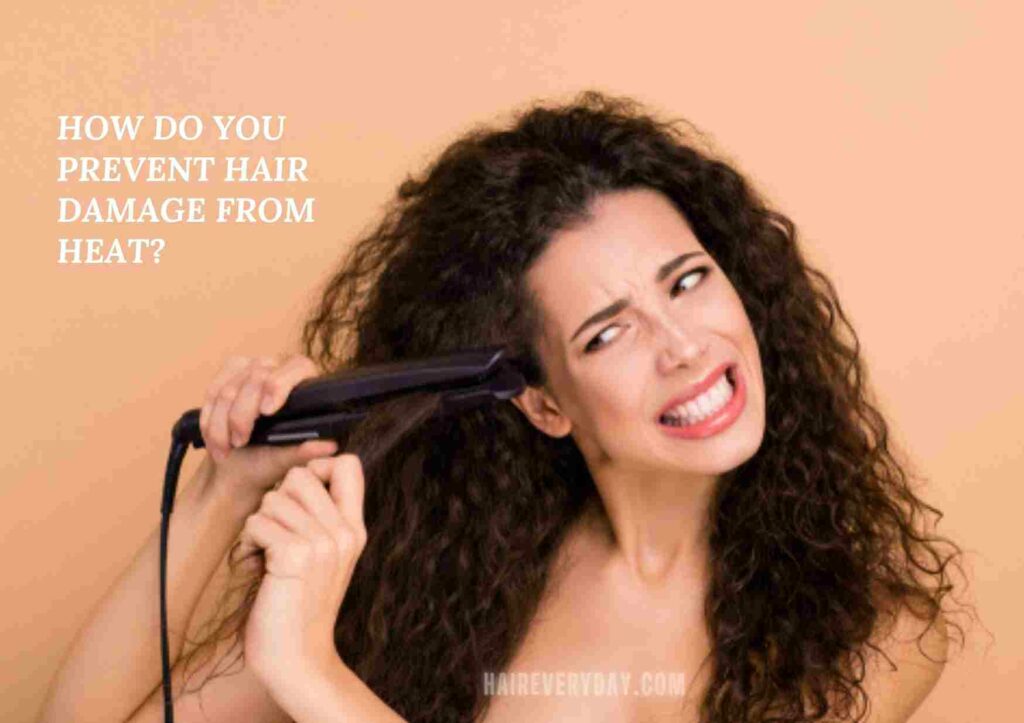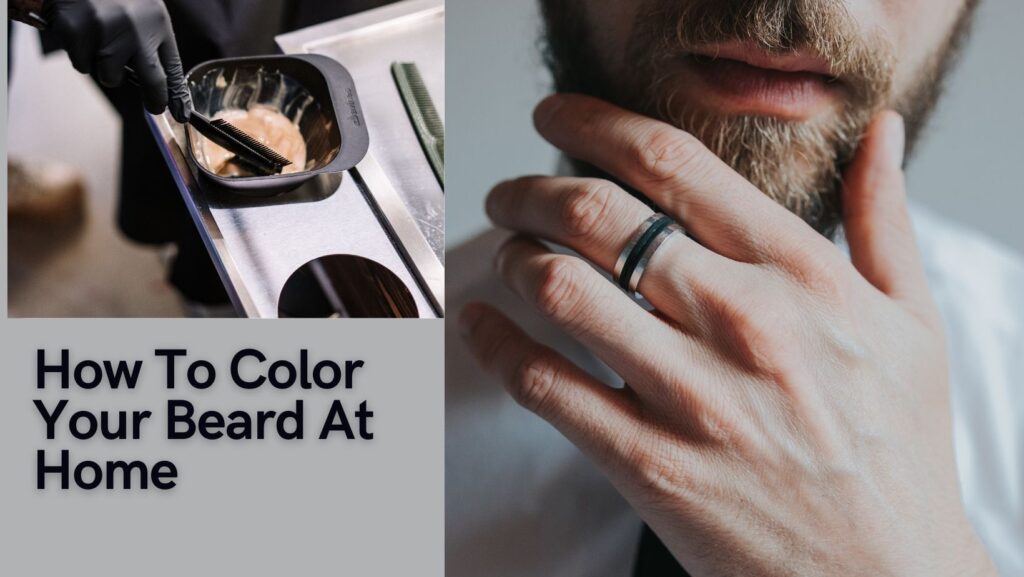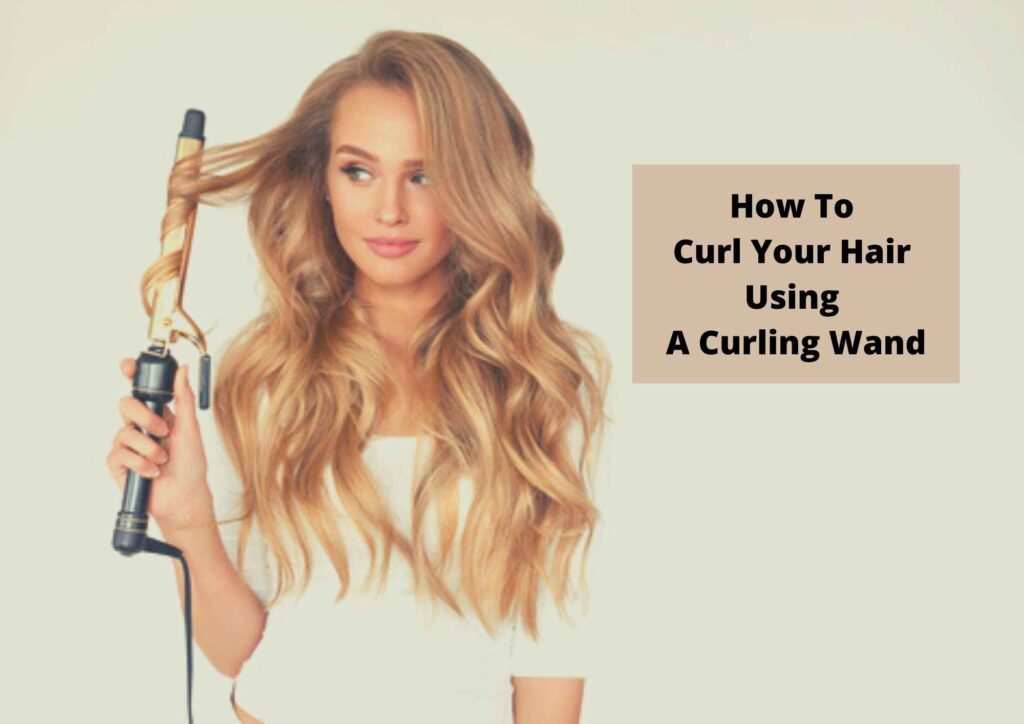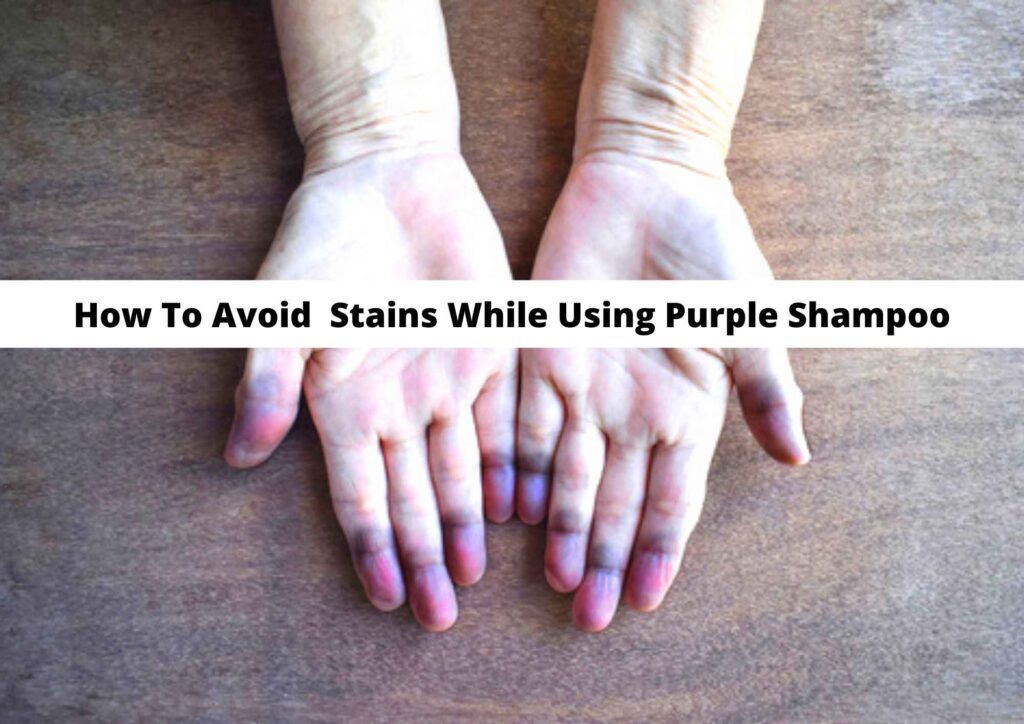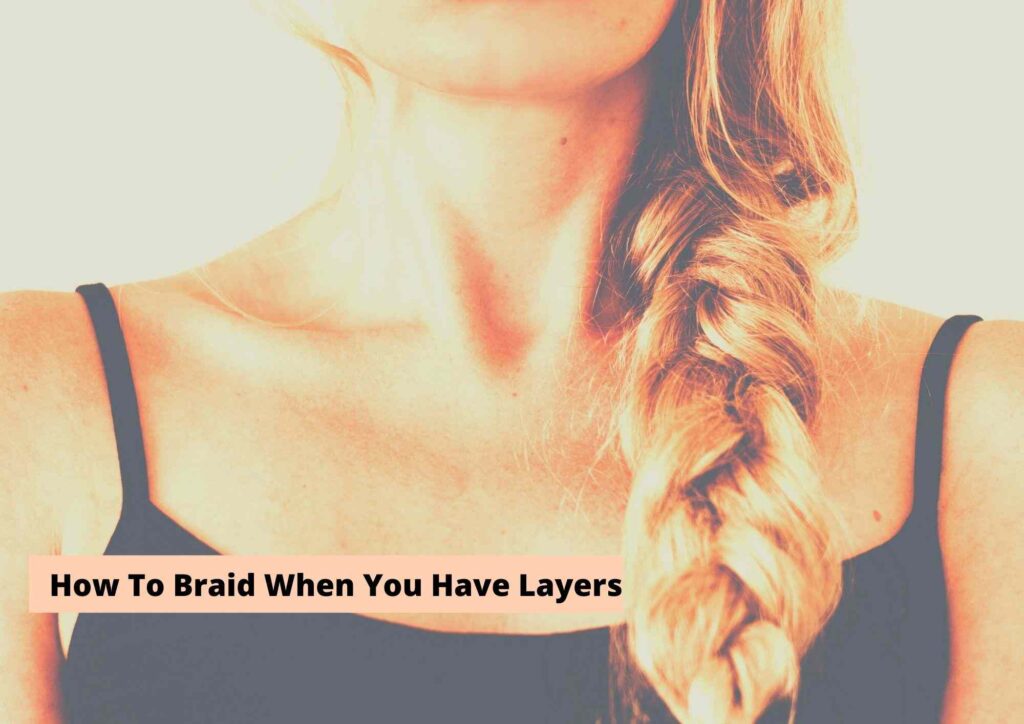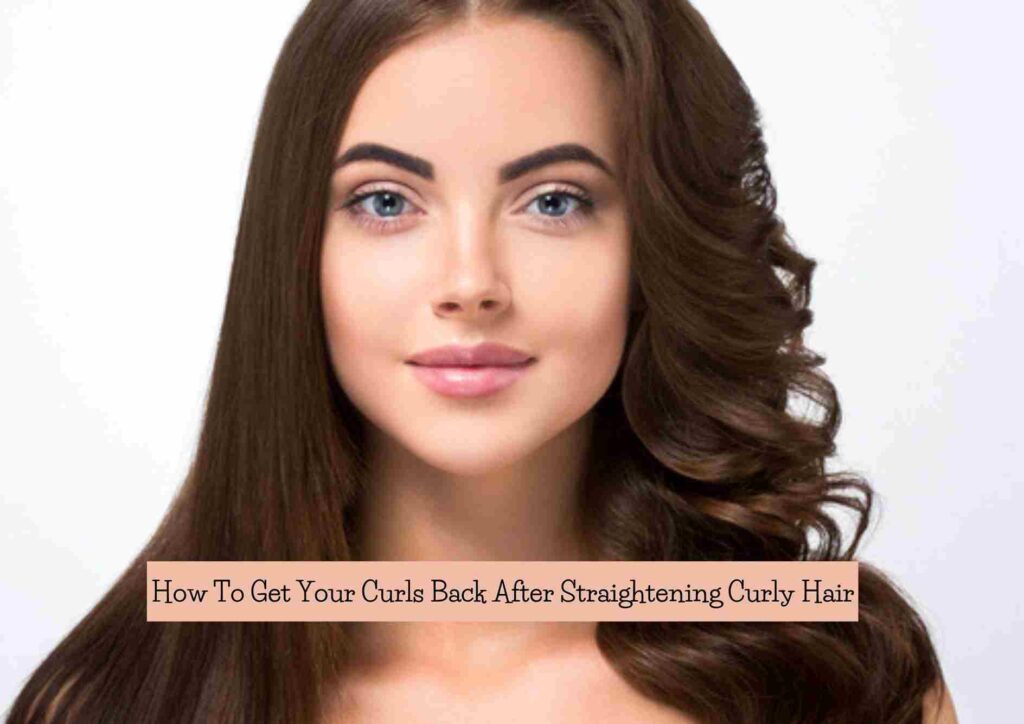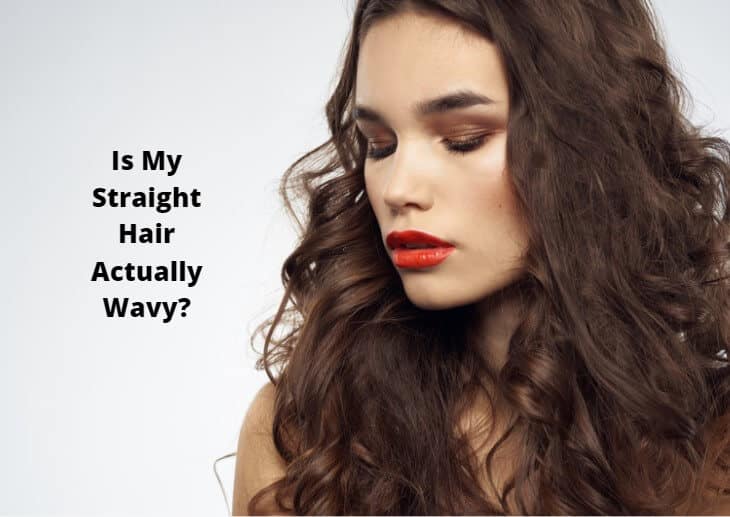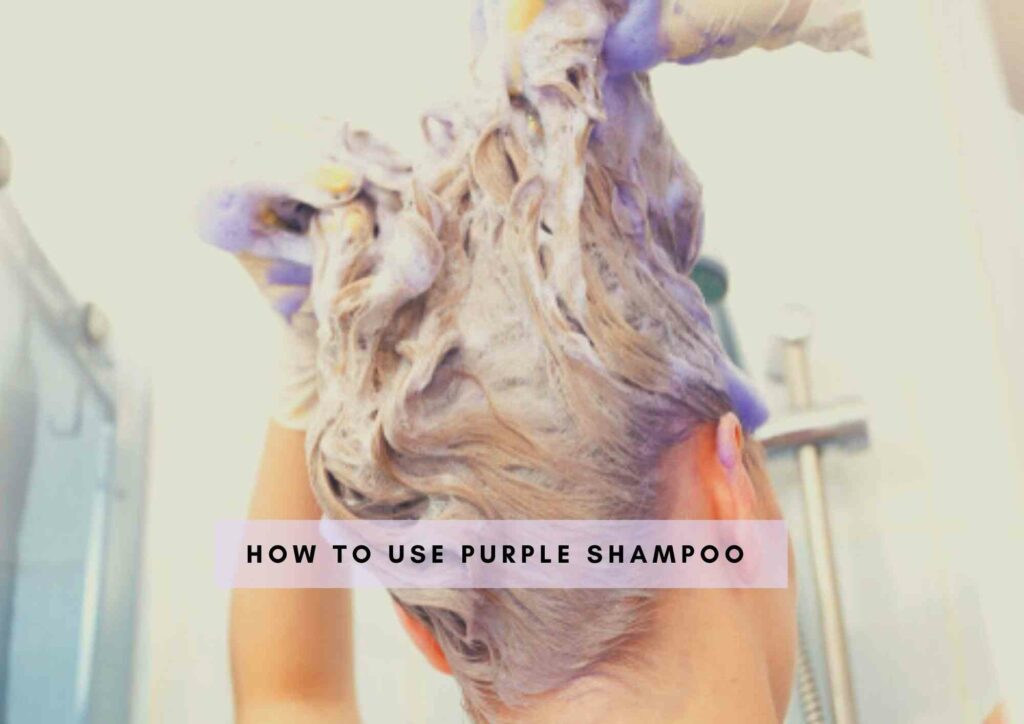Learn how to prevent heat damage while curling or straightening your hair. Also check out some tips to prevent heat damage and protect hair while styling.
Back in the day, if you wished to have a change in hair type, be it straight hair to be turned curly or curly hair, straight, then you’d have to buy yourself a wig.
But in the present day, many people have ditched using wigs because of the different hair styling tools we have available in the market from curling irons, to hair straighteners, to hair straightening brushes and blow dryers.
So why not just use these easy-to-use hair styling tools that make hair styling so simple that it can even be done at home, right?
Related: What Causes Hair Damage
Related: Types Of Hair Damage
Well, the answer is simple – heat damage to the hair!
While heat styling tools have definitely transformed hair styling in the present day, these tools can be extremely damaging to the hair because of the high temperatures used in the styling process.
But there are many ways you can prevent heat damage to the hair for when you absolutely require to style your hair with heat.
Check out this article to get to know more on preventing heat damage to the hair.
What is heat damage to the hair?
Heat damage refers to the damage to the hair strand upon the usage of extreme heat on the hair, during the styling process.
Our hair is made up of a protein called keratin and when extreme heat is used on the hair, the protein bonds break and cause the hair to get damaged.
The damage can manifest itself in different forms from brittleness, to frizziness, fraying of hair, dry hair, hair breakage, coarseness etc.
How To Prevent Hair Damage
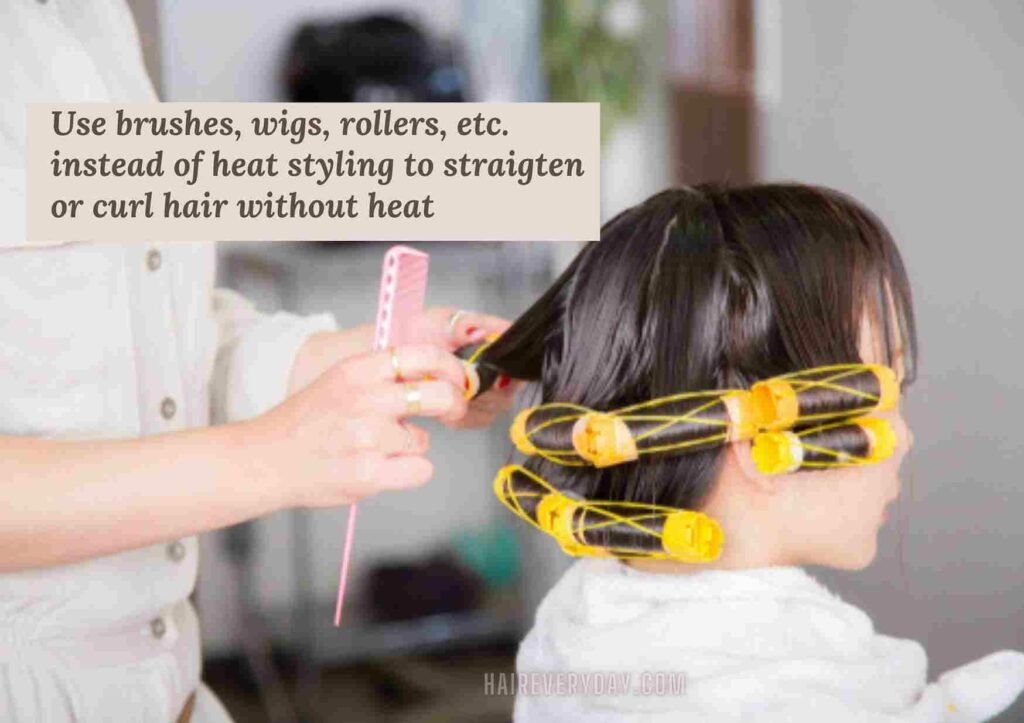
Use Heat Styling Tools A Little Less
Heat styling tools are a big no-no when it comes to hair health.
If you use heat styling tools on a regular basis, you can wave your healthy hair goodbye, because your hair will succumb to hair damage like dry hair, breakage and split ends.
So you can either use such tools only when required, choose to go in for semi-permanent or permanent hair styling.
Or you can simply use a wig whenever you wish to switch up your hairstyle. Trust me, all these alternatives are so much better for your hair health in the long run.
ALWAYS Use A Heat Protectant
Well, while a heat protectant spray is neither a solution nor a foolproof remedy to preventing heat damage, it can definitely help prevent the hair from getting severely damaged and reduce the extent of the heat damage caused.
Heat protectant sprays, gels or serums are meant to be used on the hair just before you begin the heat styling process.
This spray will help protect the hair from the direct heat, by acting as a barrier between the heat and the hair, as it coats the hair shaft.
Heat protectant sprays contain moisturizing properties that can help hydrate the hair and also nourish it.
Use Your Styling Tool In The Right Way
A lot of people experience severe heat damage to their hair because they do not use the right technique during the styling process.
The right way to use the heat styling tool on your hair is by moving the heat placement over your hair gradually every 3 to 4 seconds.
This technique doesn’t let any excess heat get concentrated in one area of your hair for a long period of time, in turn reducing the extent of the damage to your hair.
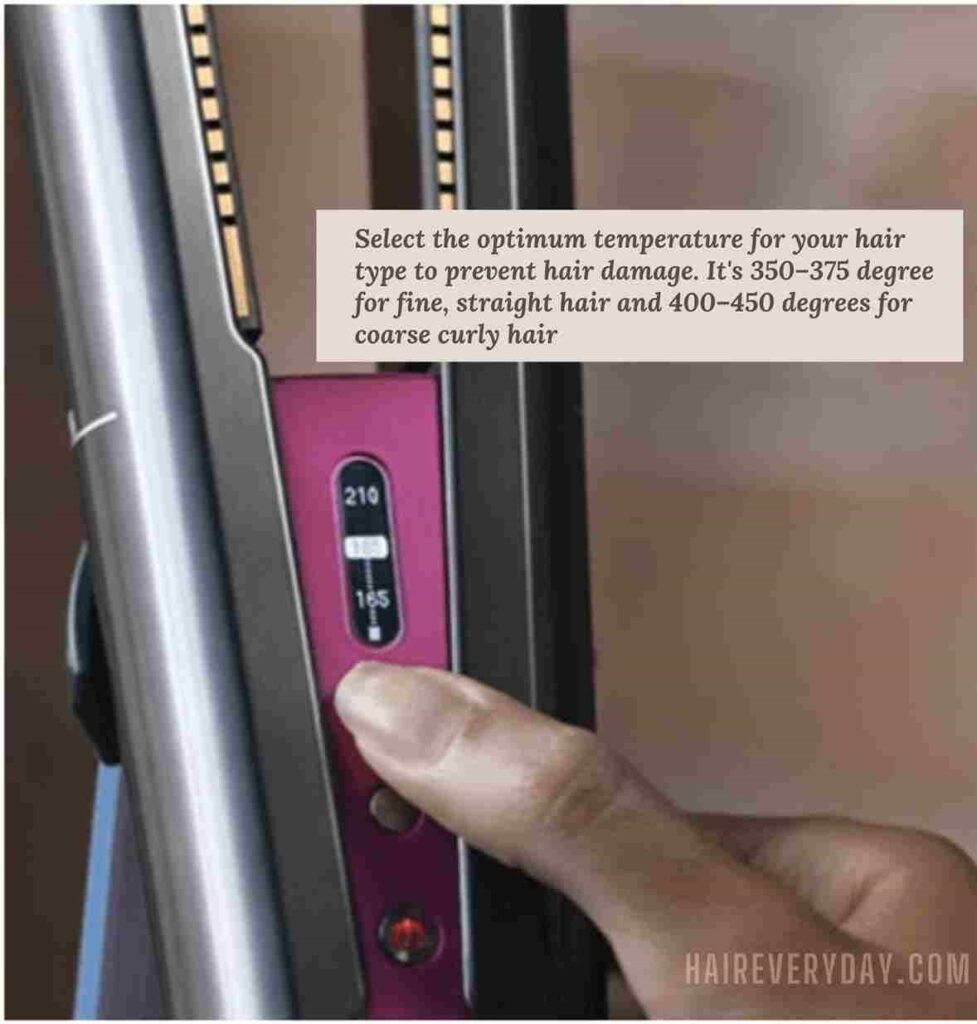
Figure Out The Optimum Temperature For Your Hair
Your hair type plays an important role in how easily your hair can succumb to heat damage.
If your hair is the fine or thin type, then your hair will be more prone to damage as compared to those with medium or very thick hair types.
So when you buy a heat styling appliance, make sure to buy one with adjustable heat settings so that you can use the temperature suitable to your hair type.
For those with fine and thin hair, use the lowest setting, while thicker hair types can use a higher setting.
If you aren’t sure of which hair type you have, then use the normal temperature range of 175° F to 400° F. But make sure not to use any temperature higher than 400° F, as you can burn your hair strands.
Never Use Heat Styling Tools On Wet Hair
This is a very important aspect of heat styling. No matter what your hair type is, when the hair is wet, the hair is at its weakest and most prone to damage.
So, as soon as you use any heat on the hair, it can get severely or even permanently damaged.
So you will need to wait until your hair has dried completely or you can blow dry it on the low or cool setting and then use the heat styling appliance.
You can also make use of a specifically designed wet-to-dry hair straighter or curler, which is meant for use on wet hair.
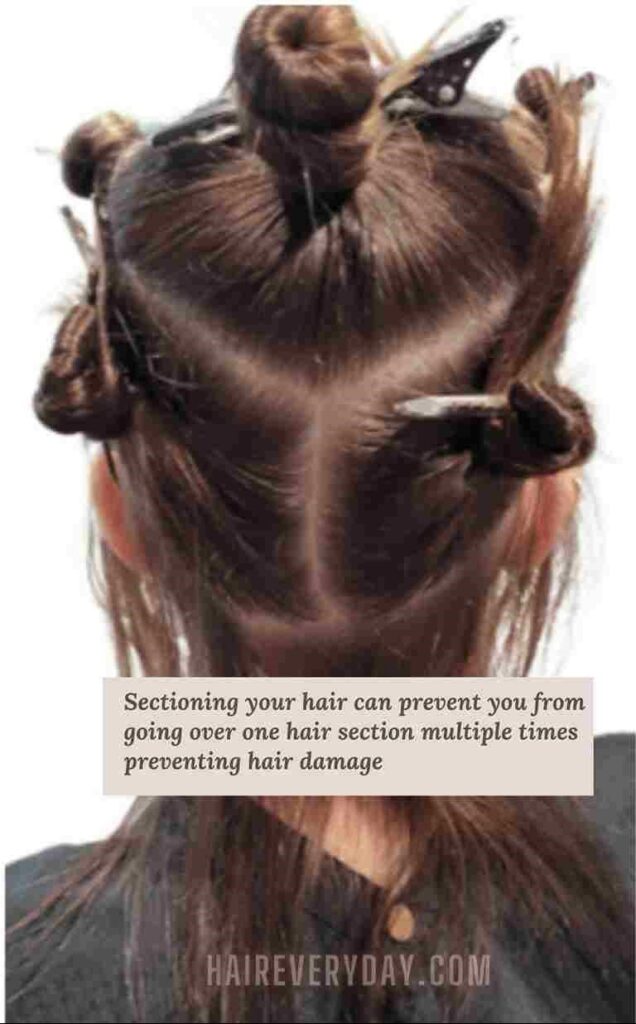
Section Your Hair Before Curling/Straightening It
A lot of people often try to style larger sections of their hair at one time, so that it can make the process easier and less time-consuming.
Well, doing this can damage your hair to a great extent and this is because styling larger sections of hair will mean applying the heat on that particular section for a longer time, making it more prone to damage.
So instead, if you section out your hair into many sections and work on one section at a time, the heat applied will be for a shorter time and cause much less heat damage to the hair.
The Material Of Heat Styling Tools Is Important
Heat styling tools come with plates of different materials like tourmaline, titanium and ceramic.
Choosing an appliance that has any one of these plate materials will help reduce the heat damage on your hair considerably.
This is because these materials can help evenly distribute the heat over your hair, rather than concentrating it in one area, as these kinds of plates heat up evenly.
The best way you can make your choice is by considering your hair type.
While tourmaline plates can work well on all hair types, ceramic plates are best suitable for thin and fine hair types, as compared to titanium plates that are best for thicker and coarser hair types.
Look For Styling Alternatives
Off the bat I can think of two styling alternatives you could use. Firstly, buying a blow dryer that comes with both the hot and cold setting.
Blow dryers too are heat styling tools and aren’t recommended for regular use. Well, if you still need to use one, then you could dry your hair using the cold setting on your hair dryer.
It may take your hair longer to get dried, but it will save your hair from heat damage.
Secondly, you could try using a hair straightening brush instead of a hair straightening or flat iron.
These hair straightening brushes are supposed to be less damaging to the hair as there is less heat applied as compared to a hair straightening flat iron.
In This Case…Size Does Matter
Flat irons and curling wands come in different sizes. By this I mean that flat irons come with plates ranging from 0.5 inches to even 2.5 inches.
The reason for the different plate sizes is to cater to the different hair types.
So for those with thinner and finer hair, you could choose smaller plate sizes, while those with thicker and coarser hair types, could use larger/broader plate sizes.
Also, shorter hair will require a smaller iron, while longer hair will require a broader iron.
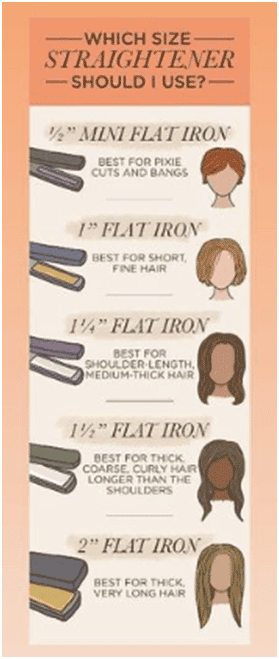
Give Your Tresses A Break
Now most often when we try straightening or curling our hair, it is very rare that the process on one section will be complete in one attempt.
Usually, it takes two to three attempts until the hair becomes perfectly straight or curly,
So this means that in order to reduce hair damage, once you have worked on one section of your hair and if it requires a redo, do not redo the same section immediately.
Move onto the next section of your hair and complete one round of straightening or curling, before redoing the same sections a second time. This gap will help reduce heat damage to a large extent.
Tips To Protect Hair From Heat Damage
While trying out various ways to prevent heat damage to the hair, our hair still gets damaged to a certain extent no matter how hard we try to prevent it.
So using after-care methods to treat your heat damaged hair is important.
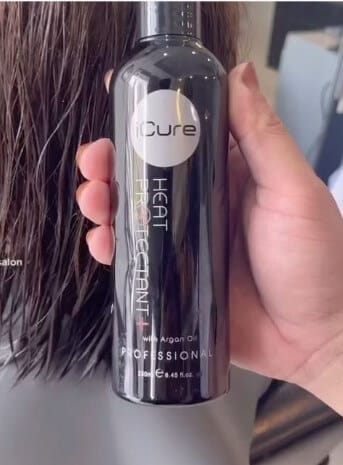
Check out some of the methods you could use:
- Make sure to deep condition your hair after you’ve used a heat styling tool.
- Keep your hair well moisturized and hydrated at all times.
- Avoid dyeing or bleaching heat damaged hair.
- Use a leave-in conditioner from time to time.
- Massage your hair with oil on a regular basis, so that the hair shafts get well-coated.
- Always remember to condition your hair after shampooing it.
The Final Takeaway On Preventing Hair Damage
Well, since most people cannot completely ditch the use of heat styling tools, you can definitely prevent your hair from severe damage during the styling process.
Once you have styled your hair, it will succumb to some level of heat damage which is unavoidable, even if you have tried to prevent it.
Therefore, using simple damage-control methods after the styling process, can help treat your heat damaged hair.
Also Read:
How To Protect Hair While Sleeping
Best Protein Hair Masks for Damaged Hair
Can Hair Serum Be Used As Heat Protectant
To Summarize

